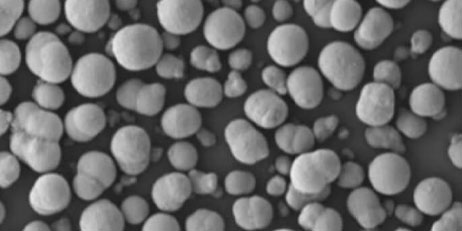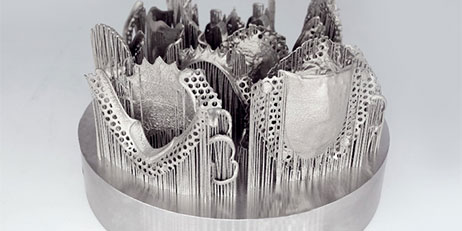At present, the two technologies of 3D printing and 3D design have widely penetrated many industries, such as automobiles, aerospace, film and television, and medical treatment. But you know what? In fact, it is in another area that we are relatively unfamiliar with-nuclear power.
First of all, 3D printing. According to research, the application of this technology in nuclear power is mainly to manufacture nuclear power equipment, because it is faster, more flexible, and less costly than traditional processes. And this last point is particularly important, because at present, the profits of nuclear power plants continue to fall due to the downturn in the wholesale price of electricity, and 3D printing can help them save costs.
In the nuclear field, Rosatom, a Russian state-owned nuclear power company, has established a company to develop 3D printing technology. The company has developed a Gen II printer for the production of power components. Siemens installed a metal impeller for fire pumps at the Krko nuclear power plant in Slovenia.
China Nuclear Power Research and Design Institute and Southern Additive Technology Co., Ltd. jointly initiated the ACP100 reactor pressure vessel additive manufacturing (3D printing) project. The use of large-scale electrofusion 3D printing technology can accurately realize the integral molding of large-scale metal components with complex structures, opening up a new path for the high-quality, high-efficiency, and low-cost manufacturing of nuclear power equipment. After technical appraisal, the product performance of 3D printed test pieces can reach or even be partly better than forging products.
Nuclear fuel element manufacturing is a high-end precision manufacturing that integrates design and processing. It has a complex structure and requires multiple processes to cross-process. China Nuclear North Nuclear Fuel Element Co., Ltd. (plant 202) used selective laser melting 3D printing technology to manufacture the lower tube base of the CAP1400 autonomous fuel prototype assembly.

























